The 5 leaf vine is a common plant that is native to the eastern part of North America. Its compound leaves and growth form look similar to many other plants that can be found growing near the 5 leaf vine. Specifically, many poisonous plants with irritating foliage look quite similar but can be distinguished from the 5 leaf vine by a number of features. Keep reading if you want to know more about the 5 leaf vine and learn how to identify different vine plants!
Facts About the 5 Leaf Vine and Poisonous Plants
The 5 leaf vine can occasionally refer to other species, but Virginia creeper is the most common name.
Virginia Creeper (Parthenocissus quinquefolia)
Virginia creeper is a perennial plant in the grape family Vitaceae. It can take a few different growth forms. Most commonly, this plant is a woody vine that creeps along the ground or climbs trees, fences, walls, and pretty much any other vertical surface. When growing on its own without structural support, it forms dense ground cover.
Color
The Virginia creeper has pretty standard green leaves during spring and summer. However, new leaves will often be a pleasant reddish-purple that adds some color to the plant. Come fall, the plant slowly turns color and displays bright red leaves. Its fall color is surprisingly vibrant and stands out among other fall foliage in the forest. For this reason, it can make an excellent addition to gardens, especially in eastern North America where the native vine will thrive.
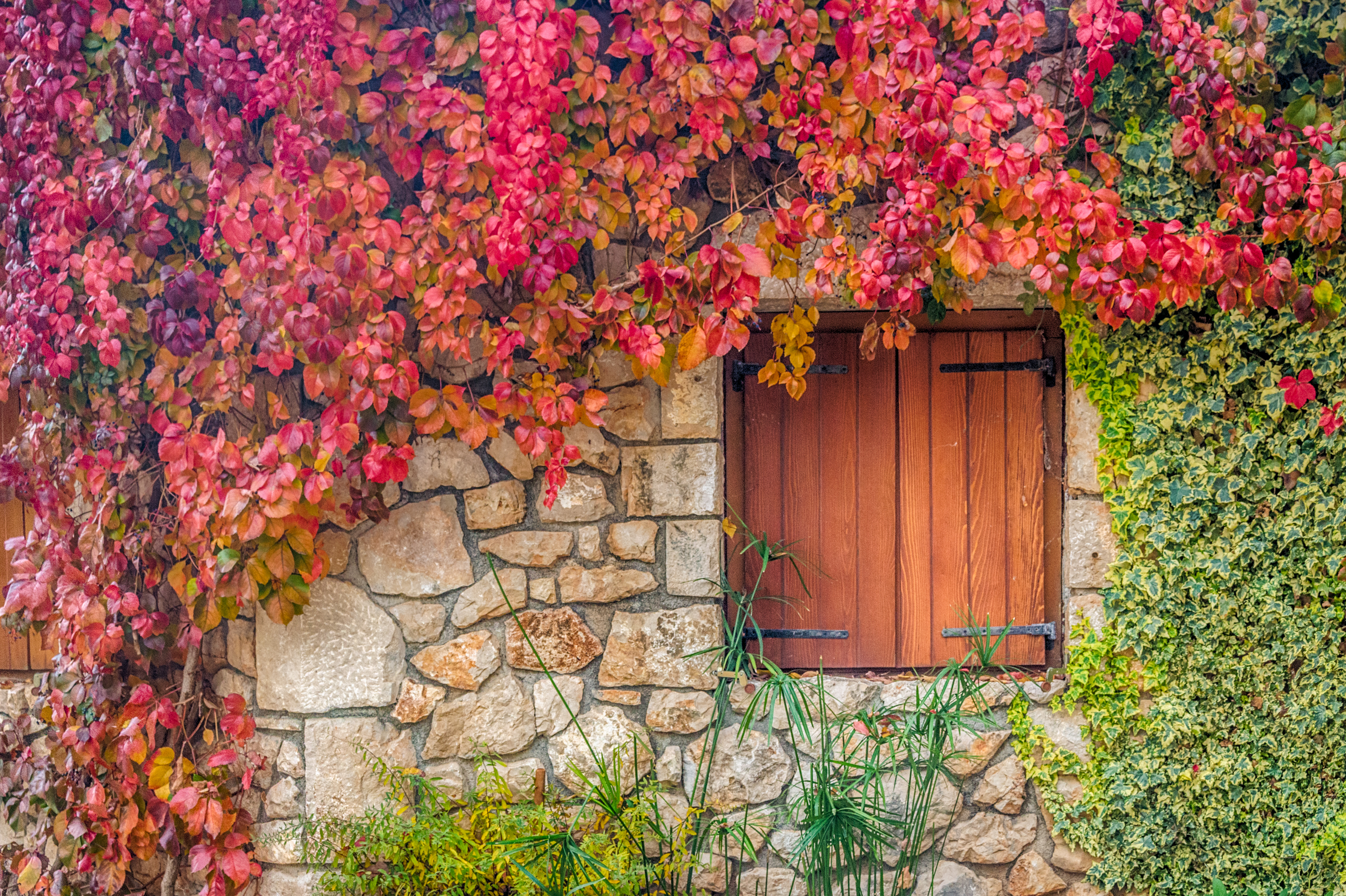
Leaves, Tendrils, and Flowers
Virginia creeper leaves are very characteristic. The vine has compound leaves, which means several leaflets are connected to the petiole. The common name “5 leaf vine” clues you into how many leaflets each leaf has. Although, perhaps a more accurate name would be “5 leaflet vine.” Occasionally, leaves will have only 3 leaflets, especially on younger plants.
The tendrils of Virginia creeper emerge on the opposite side of the stem as a leaf. They are branched and tipped with incredibly effective adhesive pads. Once the tendrils find a suitable spot to latch on to, it glues itself to any surface whether it’s bark, bricks, or a chain-link fence. Virginia creeper flowers are rather inconspicuous and typically bloom in the late spring and early summer.
Range and Habitat
Virginia creeper has a huge range and grows naturally throughout North America. It can be found anywhere from southern Canada through the eastern United States, and even down into Mexico. Usually, Virginia creeper is found in temperate deciduous forests. The vine grows well in full sun but can tolerate moderate shade. It’s an easily adaptable plant and can be found in remote natural areas as well as roadsides, ditches, and other human-modified landscapes.
Importance to Wildlife
Although the flowers of the Virginia creeper vine leave much to be desired to the human eye, they are an important resource for insects. Its fruit are an important food item for birds and small mammals, but they are toxic to humans.
Virginia creeper is the host plant for the Virginia creeper sphinx (Darapsa myron) in the family Sphingidae. This sphinx moth is a beautiful, large moth found all throughout eastern North America.
Importance to Humans
Touching the leaves of Virginia creeper can give a rash to some people, but this malady is rather rare. Irritating leaves are much more common in the Virginia creeper’s toxic lookalikes. The climbing vine makes a great addition to native plant gardens in the Eastern US due to its brilliant red fall color and low maintenance.
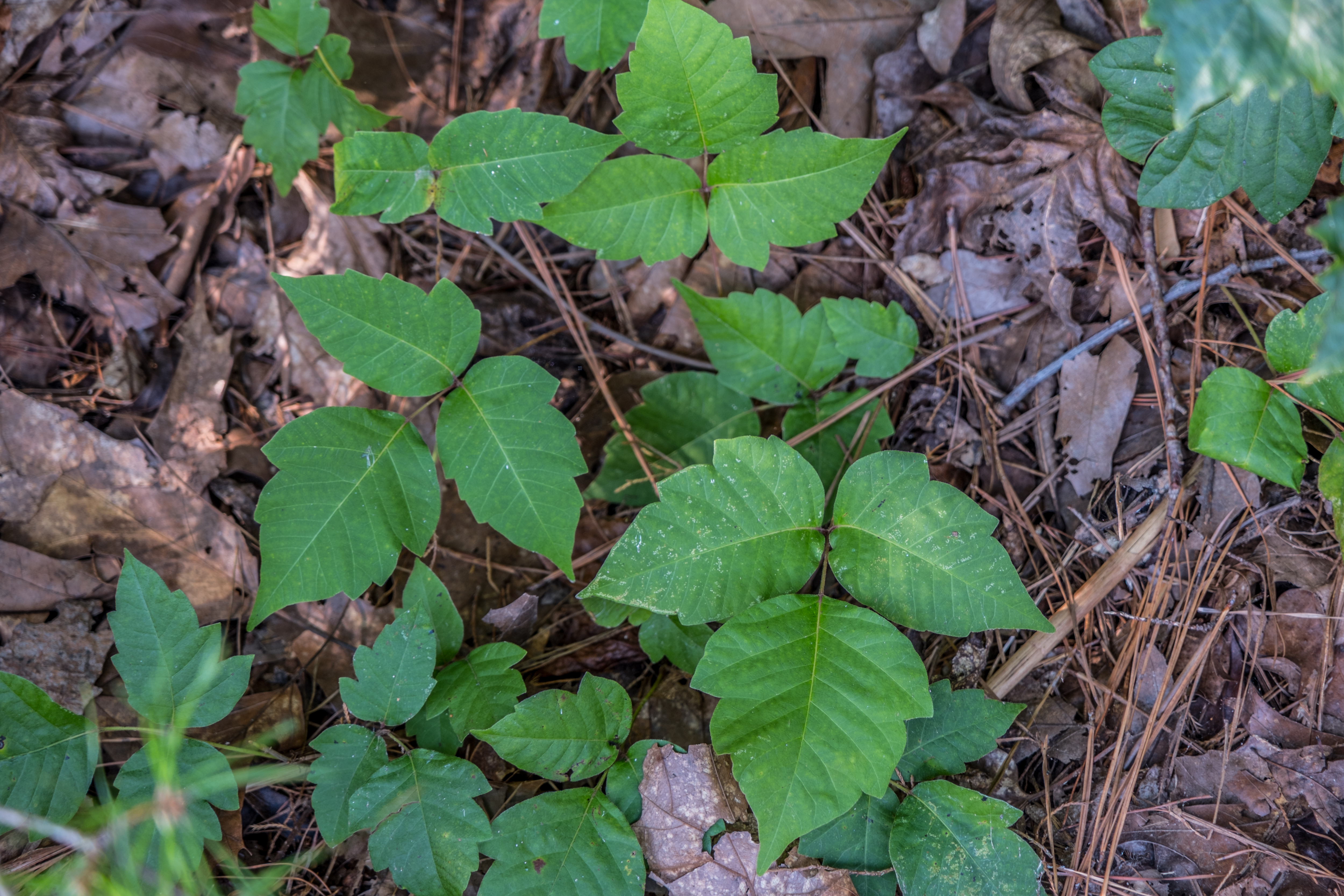
Poison Ivy (Toxicodendron radicans)
Poison ivy is the most common lookalike of Virginia creeper and a medically important plant as it can cause a nasty rash on the skin. There are a couple of key features to look out for in order to distinguish poison ivy plants from the Virginia creeper. First, poison ivy has compound leaves with only 3 leaflets. Learn the rhyme “leaves of three, let it be” and you should rarely make the mistake of brushing up against poison ivy. Additionally, the “tendrils” of poison ivy are actually modified roots and look quite different. They do not end in the characteristic circle shape that Virginia creeper tendrils do. Another difference is that poison ivy often grows as a shrub when there is nothing to climb. Although the two plants look similar and both are angiosperms, they are not closely related.
Color
Poison ivy is deciduous just like Virginia creeper, so its leaves will also turn colorful in the fall. However, they aren’t nearly as bright red and rather turn a soft orange color.
Leaves, Roots, and Flowers
Poison ivy leaves are glossy green and trifoliate, which means they are compound with three leaflets. They are arranged alternately on the stems. Similar to Virginia creeper, they are usually reddish when young, and turn a light green color when they reach their full size.
Poison ivy clings to surfaces with aerial roots instead of tendrils. The roots are long and straight, not branched with sticky pads like the tendrils of Virginia creeper. The flowers of poison ivy are also inconspicuous, small, and green.
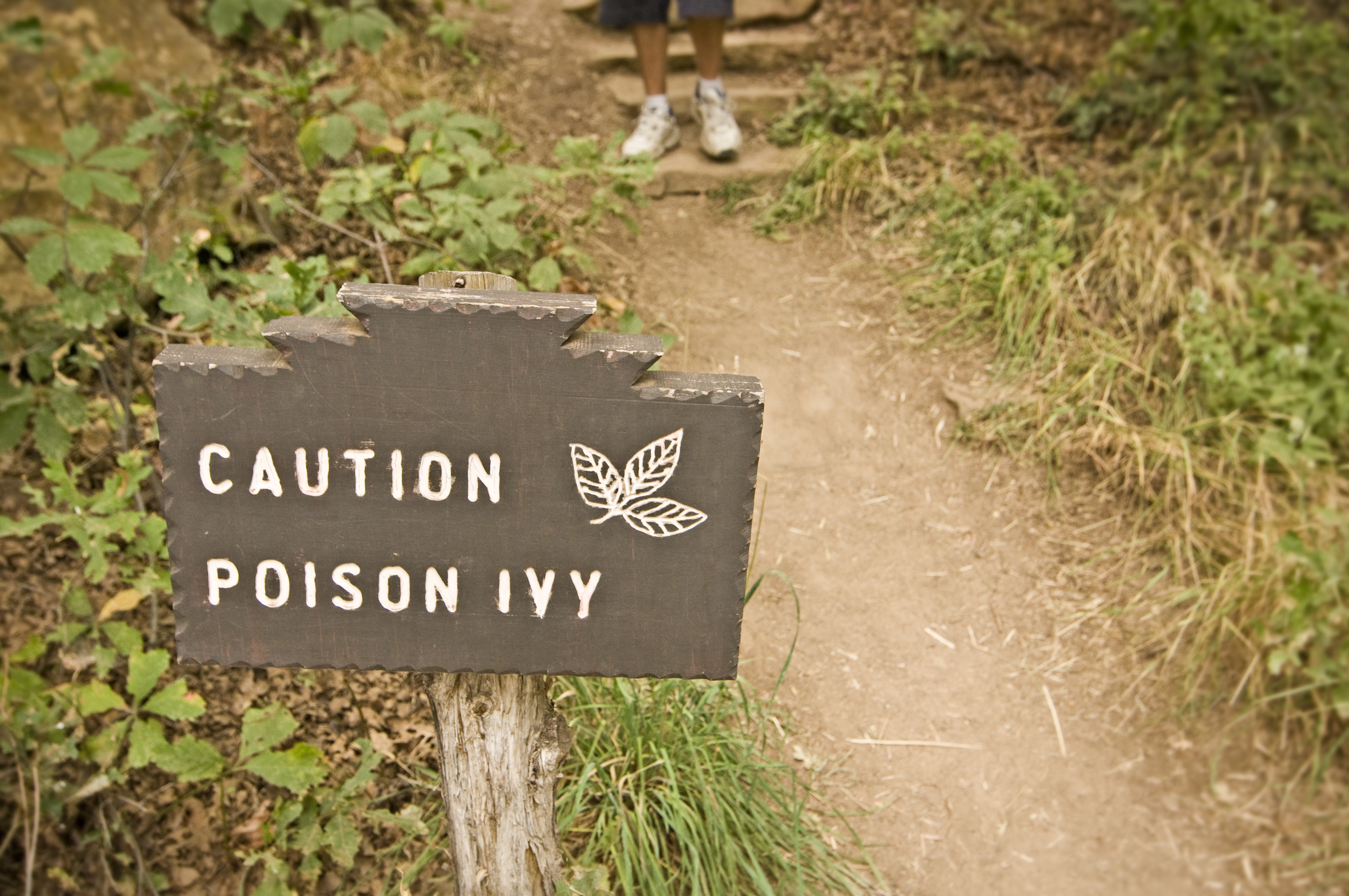
Range and Habitat
Poison ivy has a very similar range to Virginia creeper – it grows all throughout eastern North America. Poison ivy grows in many different habitat types, including woodlands, thickets, fields, roadsides, and fencerows. It can tolerate a variety of soil, from wet to dry.
Importance to Wildlife
Some birds eat the fruit of poison ivy and do not seem to be affected by the toxicity of the plant.
Importance and Toxicity to Humans
Poison ivy gets its name from the contact dermatitis one gets when they come in contact with it. All parts of the plant contain urushiol, a volatile oil that causes an allergic reaction in humans. The reaction leads to itchy rashes and blisters on the skin. Urushiol is even found on stems, so it’s possible to get a rash in the dead of winter when the plant has no leaves. Interestingly, a small percentage of humans are not affected by poison ivy. Unfortunately, the only way to find out if you’re one of the lucky ones is to come in contact with the plant.
How To Heal Poison Ivy Skin Irritations
If you happen to come in contact with poison ivy, there are a few simple things you can do to remedy irritated skin:
- Wash the skin well with soap and water.
- Apply cortisone cream or a similar soothing ointment.
- Take an oral antihistamine like Benadryl.
- Apply a cool, wet towel to the affected skin for about 20 minutes every few hours.
Inhaling the smoke of burning poison ivy can cause internal rashes. In such a case, you should see a doctor immediately. More detailed information on poison ivy and how to treat rashes can be found here.
Pacific Poison Oak (Toxicodendron diversilobum)
Poison oak is another toxic plant that looks similar to Virginia creeper. It’s very closely related to poison ivy and shares many features with it. Although poison oak looks similar to Virginia creeper, there is no risk of running into this plant in Virginia creeper’s range. It grows in an entirely different region and is essentially the West Coast version of poison ivy.

Color
Poison oak is a similar color to poison ivy. It is light to dark green and turns dark orange before the leaves fall off. Poison oak presents beautiful fall foliage.
Leaves, Roots, and Flowers
Again, it’s wise to follow the mantra of “leaves of three, let it be”. Poison oak leaves are trifoliate and alternate on the stem. The specific name “diversilobum” means diversely lobed, alluding to the irregular lobes and teeth of poison oak leaves. The aerial roots of poison oak serve the same function as poison ivy roots and cling to surfaces, or a trellis, allowing the plant to climb. Additionally, the flowers are small and inconspicuous.
Range and Habitat
Poison oak is native to the western United States and British Columbia. It grows in many habitat types, from temperate rainforests to oak savannah, riparian ecosystems, and human-altered landscapes. It is commonly used in restoration projects for its importance to animals.
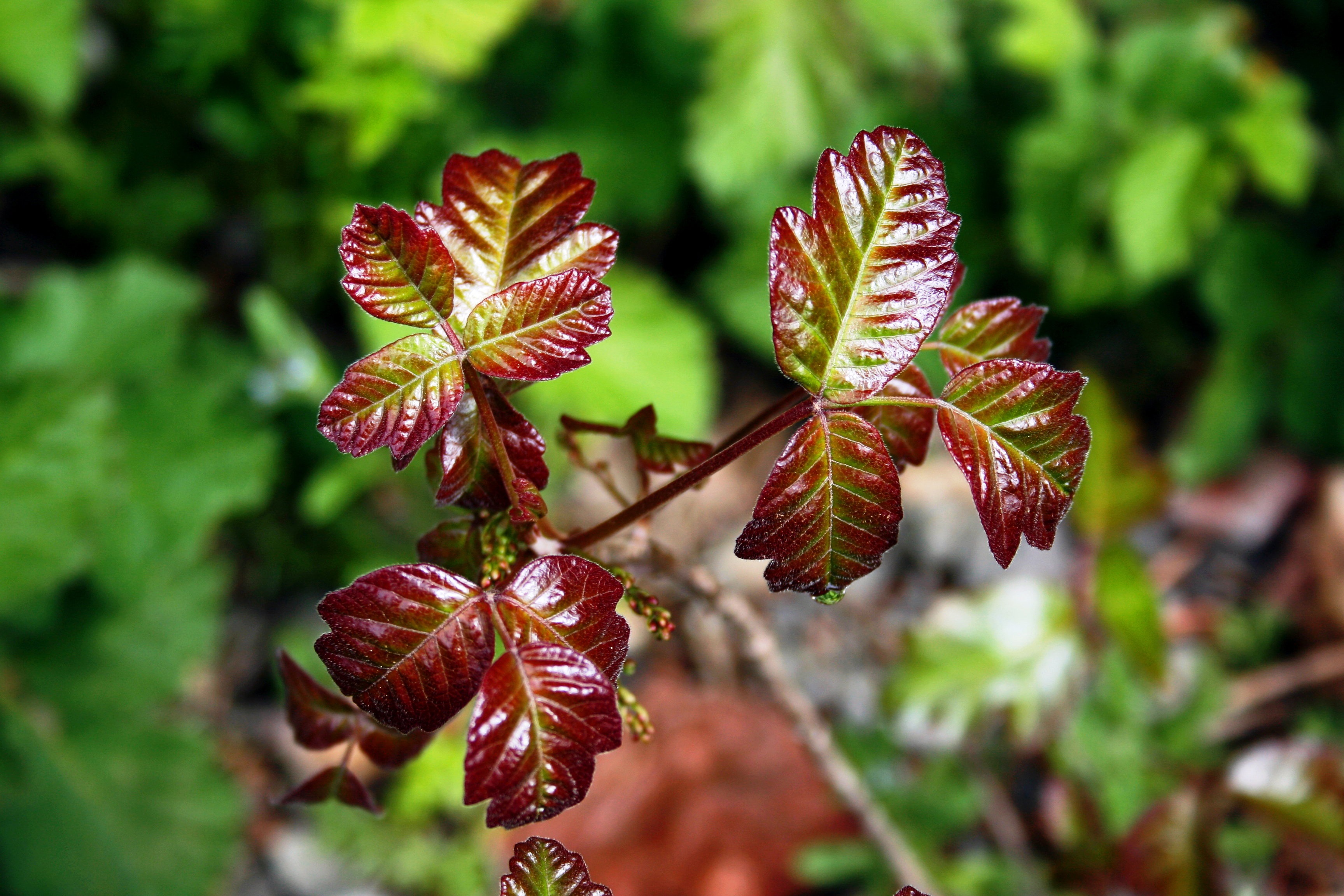
Importance to Wildlife
Believe it or not, many animals including deer and squirrels eat the leaves of poison oak and birds eat the fruit. For some reason, the toxic leaves don’t affect livestock and wild animals.
Importance to Humans
Unlike other animals, humans are subject to contact dermatitis from the urushiol that covers the leaves and stems of poison oak. Despite this, the plant has been used medicinally by indigenous peoples for thousands of years.
If you come in contact with poison oak, the same remedies used for poison ivy will help heal skin irritation from poison oak. Click here for more info on poison oak!
Poison Sumac (Toxicodendron vernix)
Poison sumac is a close relative to both poison ivy and poison oak. It’s another lookalike of Virginia creeper, although the leaves and growth form are very different and make it easy to distinguish the two species. Instead of being palmately compound like Virginia creeper, poison sumac leaves are pinnately compound. Poison sumac is also a shrub and never grows like a vine. Finally, poison sumac grows in a specific habitat type, so being conscious of what type of habitat you’re in can help in deciding whether or not you should be worried about this plant.
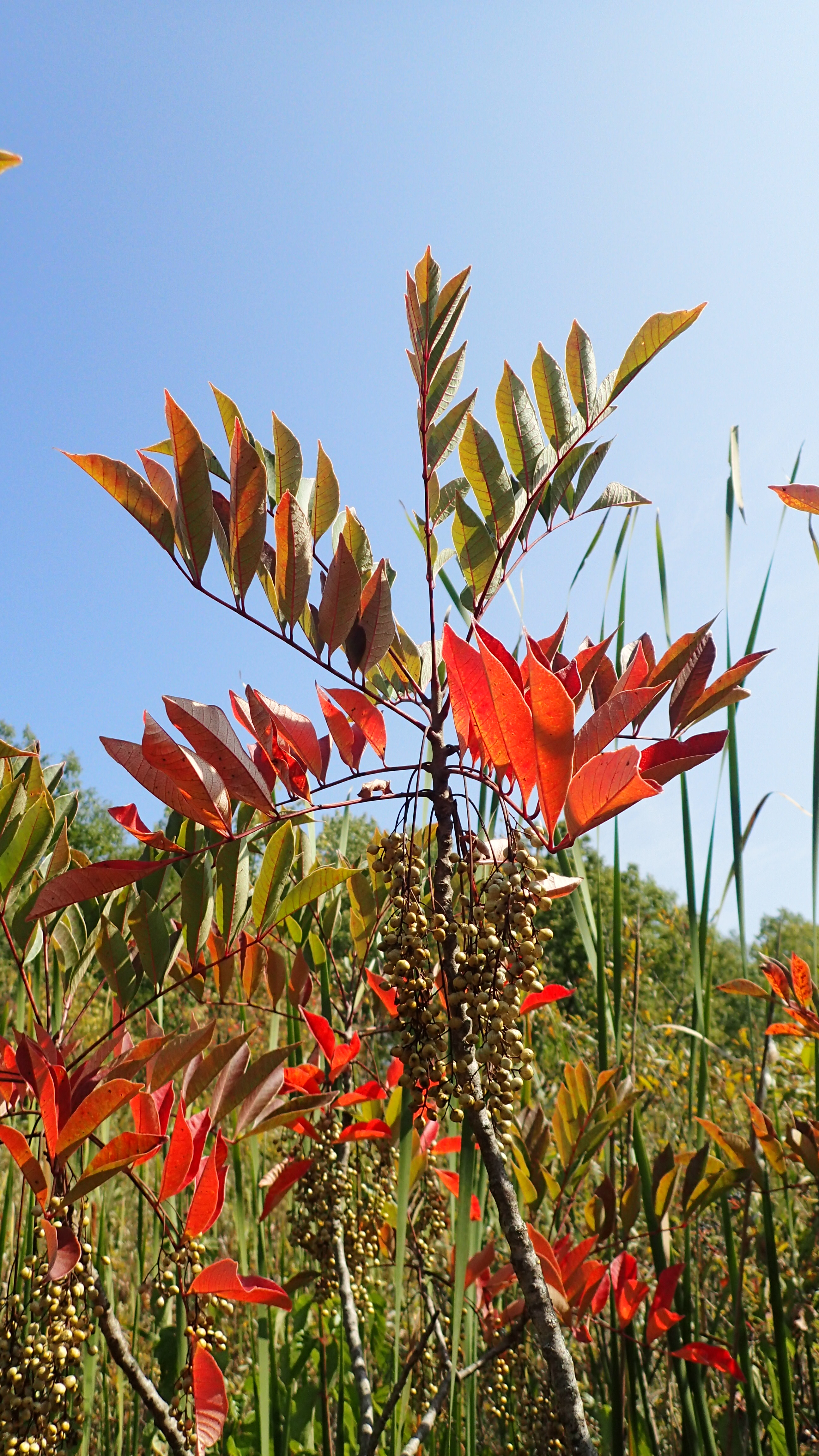
Leaves and Flowers
Poison sumac leaves are pinnately compound, with anywhere from 7-13 leaflets. The shape of the leaves looks nothing like Virginia creeper. They are, however, deciduous like Virginia creeper and turn bright orange or red in the fall. Poison sumac is dioecious, so male and female flowers are found on different plants. The flowers are inconspicuous like all the previous plants we’ve covered.
Range and Habitat
Like Virginia creeper and poison ivy, poison sumac is native to the eastern United States. However, unlike the other two lookalikes, poison sumac grows in a specific habitat type. This plant grows almost exclusively in wet, inundated soil like bogs, swamps, and wetlands. So, if you’re taking a walk through a forest with well-drained soil, it would be rare to encounter poison sumac.
Importance to Wildlife
Poison sumac is primarily pollinated by small bees and flies. The fruit are eaten by many different birds, including grouse. Poison sumac is the host plant for a number of moth species, including the Beautiful Eutelia (Eutelia pulcherrima).
Poison Sumac Skin Irritations
Poison sumac also causes skin irritation from urushiol. Click here for more detailed info about Poison sumac and how to treat rashes caused by the plant.
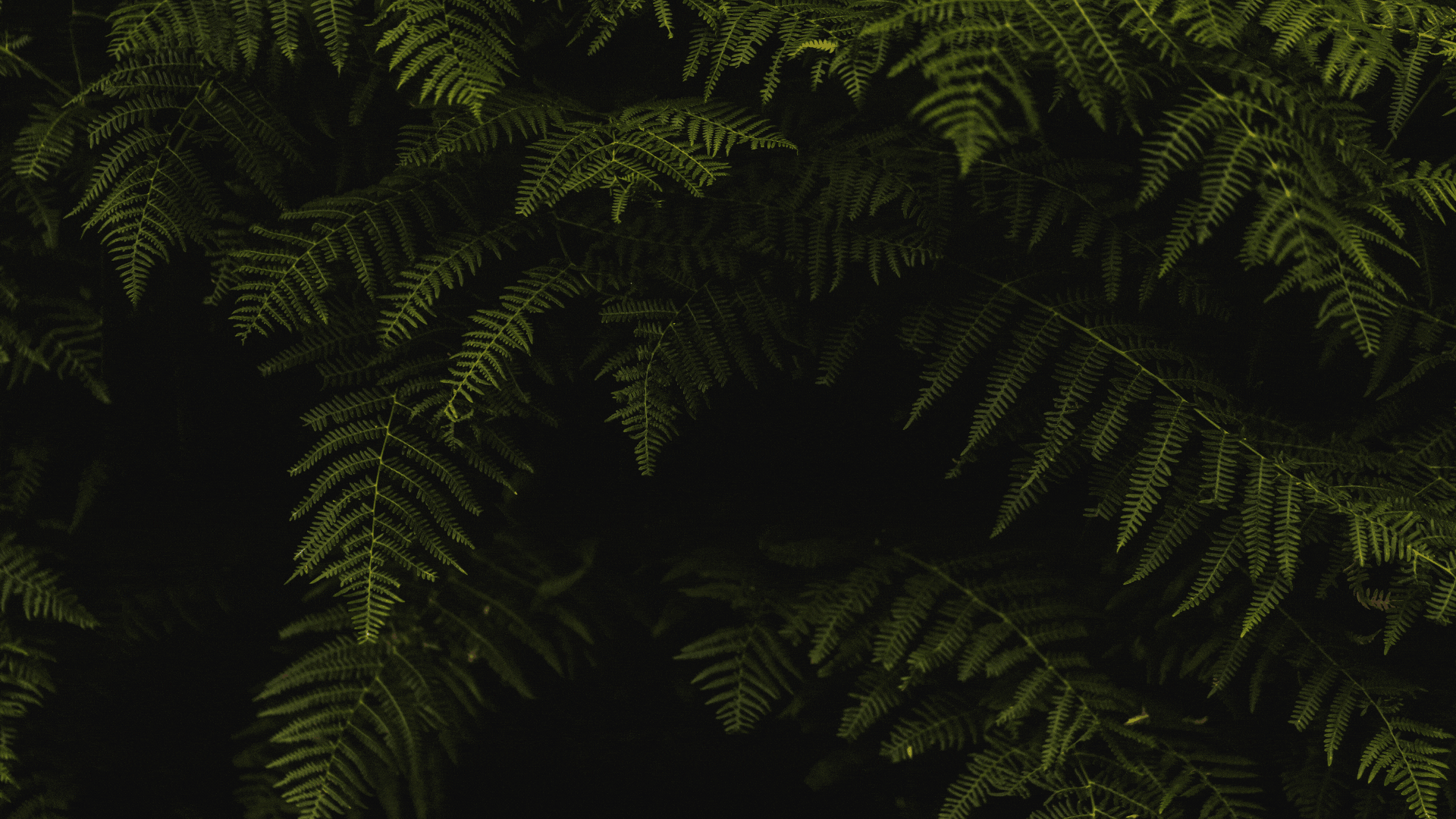











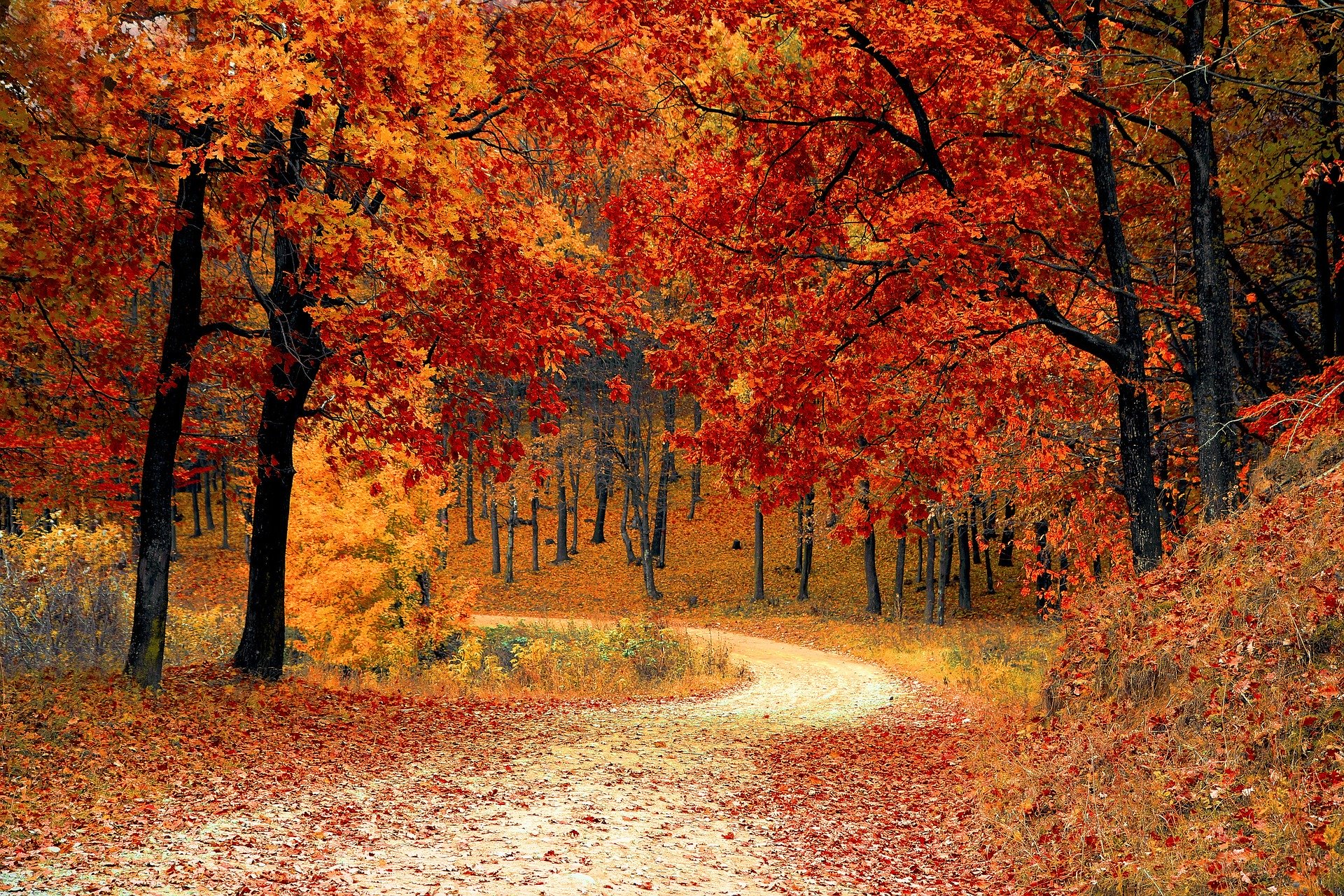
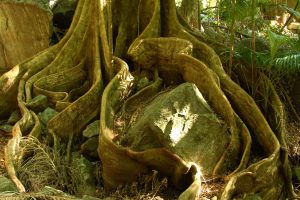

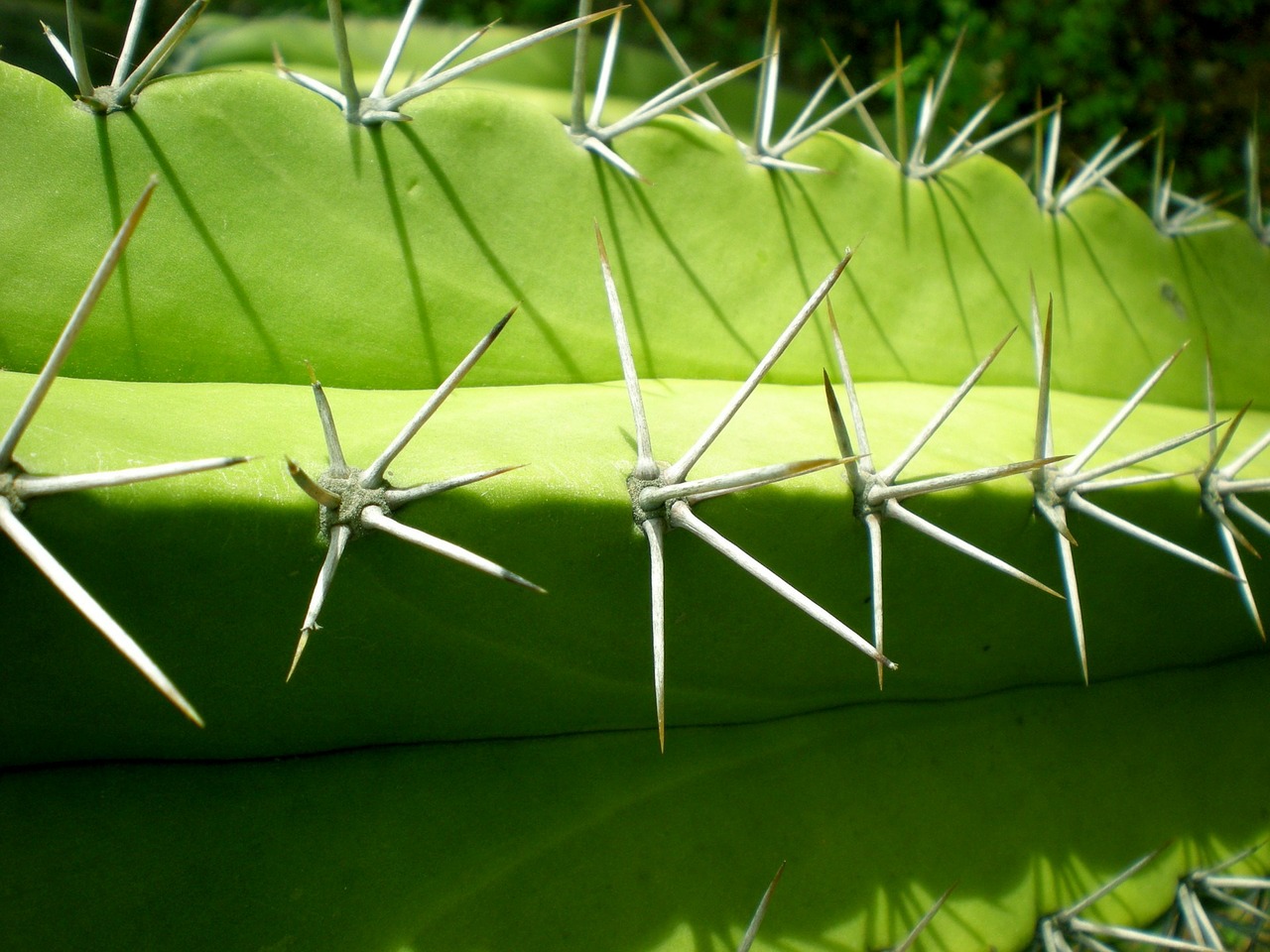
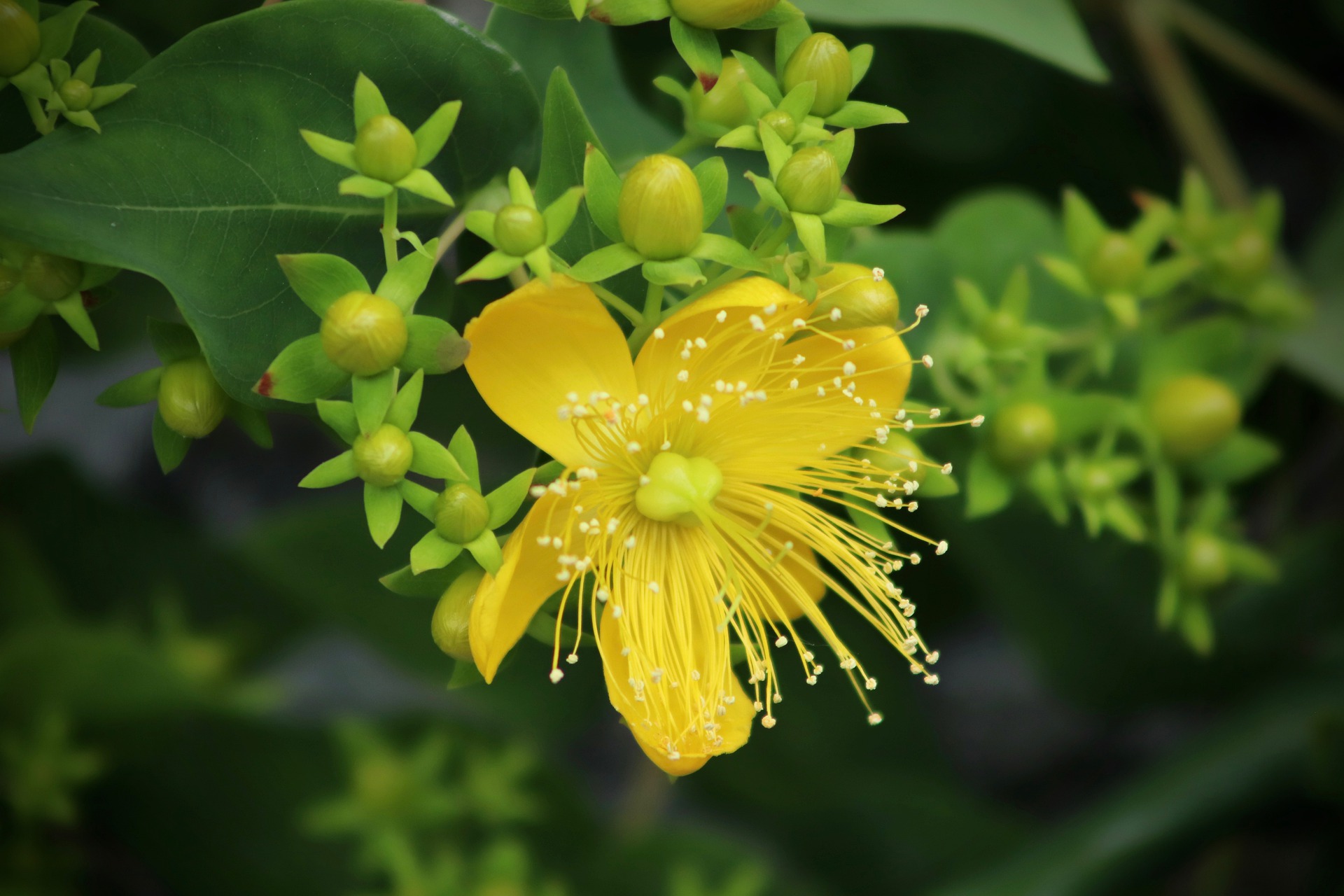
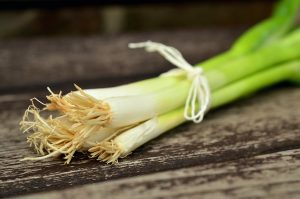
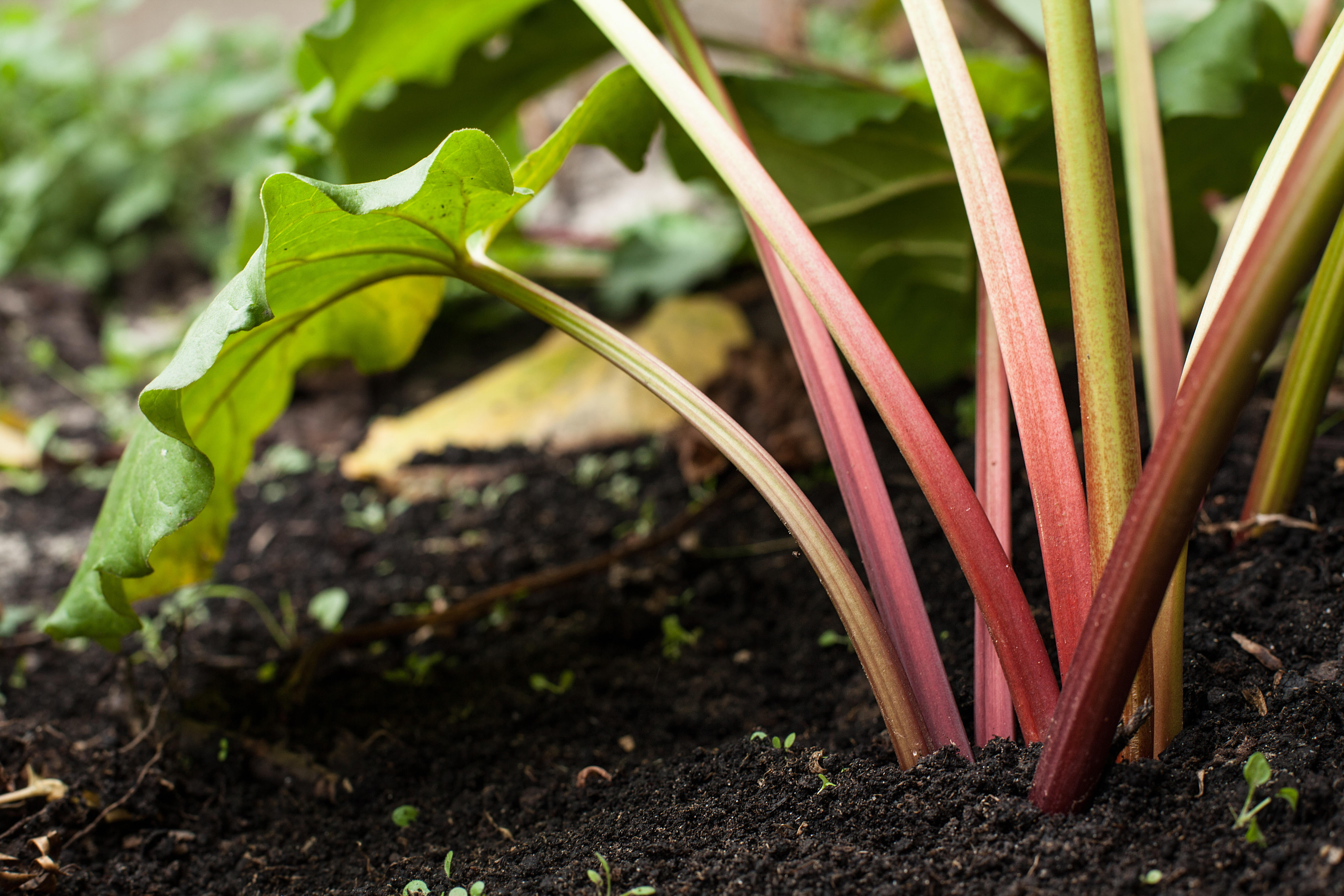

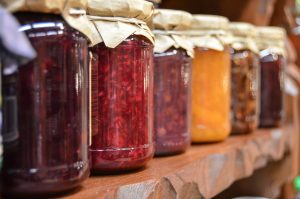
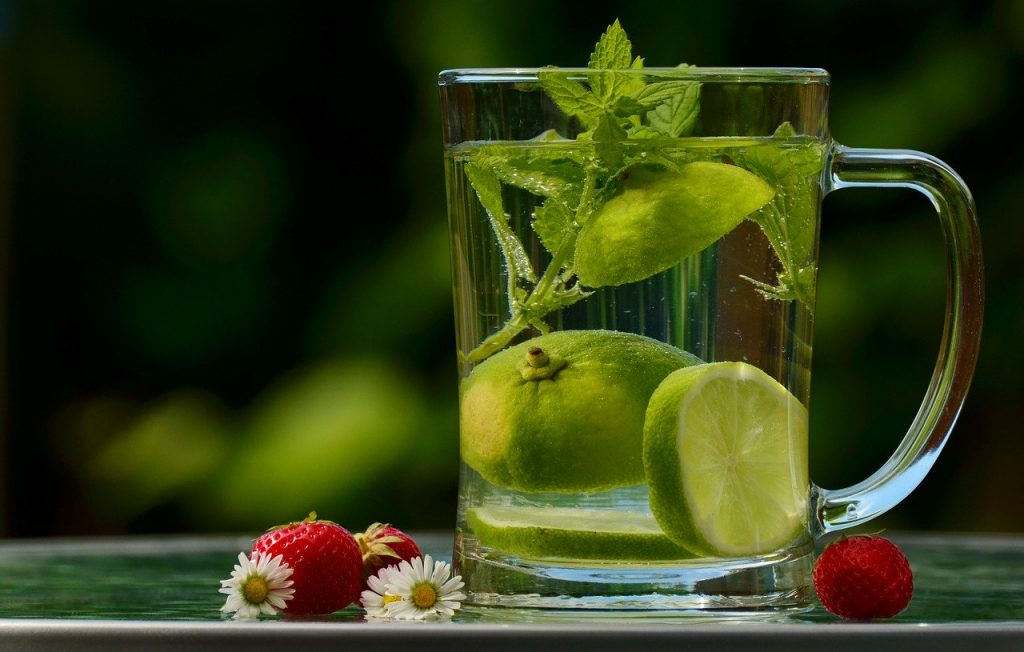
0 Comments